How to recreate classic Lexicon and Eventide effects in your DAW
Get that hyper-real gloss and sheen
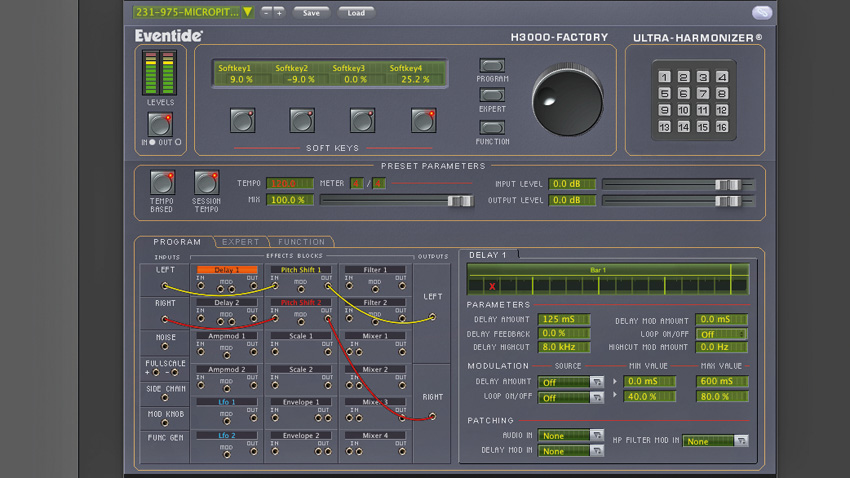
Before the introduction of commercially-viable digital reverb hardware, the sound of 'realistic' space was achieved through the use of expansive, expensive acoustic chambers, unreliable spring designs and enormous, unwieldy plate reverb setups. Luckily, the digital revolution brought more convenient reverb effects to the late-'70s studio, in the form of digital algorithmic reverbs such as the EMT 250, AMS RMX16 and Lexicon's more affordable 224.
Later updated to the 224X and 224XL, the 224 was a 4U rack with accompanying remote controller that, while appearing somewhat cumbersome by today's standards, was extremely compact and flexible in comparison to the old ways of doing things. Like all digital reverbs, its method was based upon the generation of synthetic 'spaces' via complex algorithms and multiple delay lines, providing a somewhat unrealistic but convenient and customisable reverb effect, and the glossy Lexicon sheen became a staple of mainstream pop and rock from the 1980s up to the present day.
Pitch and time
The 1970s and 80s also saw the birth of other iconic digital pitch- and time-based outboard effects. US-based manufacturers Eventide found commercial demand for their H910 Harmonizer unit, a device that could transpose an input signal in real time by an octave up or down. Television stations were now able to speed up programmes while transposing the audio back down to its original pitch, fitting in more commercials in the process; the device was also used as a creative guitar processor on hits by artists such as David Bowie and AC/DC.
1986 saw the introduction of the H3000 Harmonizer. This popular but pricey rack unit featured multiple time-based effects in one box, the most recognisable being the first diatonic pitchshifter. This facilitated many different transposition effects such as 'doubling', chorus, artificial harmony generation and pitchshifting within a huge six-octave range, leading to then-unheard vocal and guitar treatments that we now accept as the norm. Check out the crazy pitchshifted breakbeats in Goldie's seminal Terminator for an example of the device's use in popular culture.
For more on emulating vintage gear in software, pick up Computer Music 218, which is on sale now.
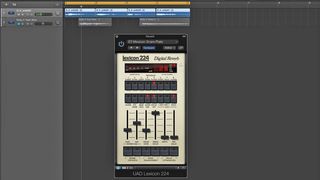
Step 1: The Lexicon 224, with its calculator-like remote control, adds a classic digital sheen, and there are a couple of plugin emulations offering their take on the sound. UAD's Lexicon 224 uses the exact code and algorithms from the hardware, replicating its reverb sound, quirks and all. Native Instruments' RC24 is another faithful emulation.
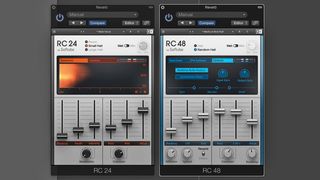
Step 2: Like UA's official version, NI's RC24 emulates the original unit's 12-bit converters to achieve the rich but almost fuzzy tone of the original 224. They both feature the original separate parameters for low (Bass) and Mid reverb time, with a definable Crossover. The RC48 emulates the Lexicon 480L, including the original's signature Spin and Wander parameters.
Get the MusicRadar Newsletter
Want all the hottest music and gear news, reviews, deals, features and more, direct to your inbox? Sign up here.
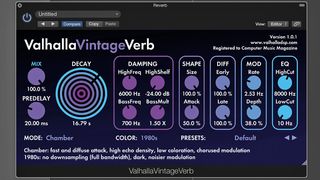
Step 3: ValhallaDSP's impressive VintageVerb has several algorithms based on 'classic digital reverbs'. The plugin's 'Colour' modes are particularly useful when dialling in a specific vintage tone: 1970s mode's filtering and downsampling reproduces the colour and bandwidth of the era's digital reverbs, while 1980s mode offers a brighter, Lexicon-inspired effect.
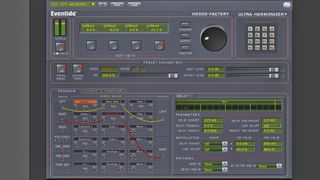
Step 4: Eventide pioneered digital pitchshifting and harmonising, being utterly synonymous with these processes during the 80s. Their H3000 Factory plugin isn't a carbon copy of the seminal H3000 Harmonizer hardware multieffect, but instead recreates several of its pitch, delay, filtering and modulation algorithms.
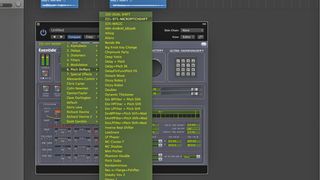
Step 5: Eventide are most prominently known for their real-time pitchshifting and delay technology, such as 'micro-shifting', in which two hard-panned copies of a sound are detuned apart by a cent or two and delayed by a few milliseconds for a lush widening effect. The MicroPitchShift patch - and other famous H3000 presets - are recreated in H3000 Factory.
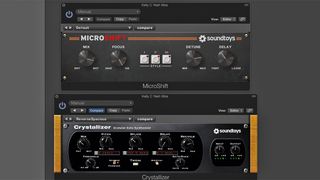
Step 6: One of the original H3000 developers went on to found SoundToys, a software company that has released several Eventide-esque plugins. MicroShift emulates the widening effect, whereas Crystallizer combines reversed delay and pitchshifting techniques to recreate the H3000's classic 'Crystal Echoes' preset.
Computer Music magazine is the world’s best selling publication dedicated solely to making great music with your Mac or PC computer. Each issue it brings its lucky readers the best in cutting-edge tutorials, need-to-know, expert software reviews and even all the tools you actually need to make great music today, courtesy of our legendary CM Plugin Suite.

"If I wasn't recording albums every month, multiple albums, and I wasn't playing on everyone's songs, I wouldn't need any of this”: Travis Barker reveals his production tricks and gear in a new studio tour

“My management and agent have always tried to cover my back on the road”: Neil Young just axed premium gig tickets following advice from The Cure’s Robert Smith











